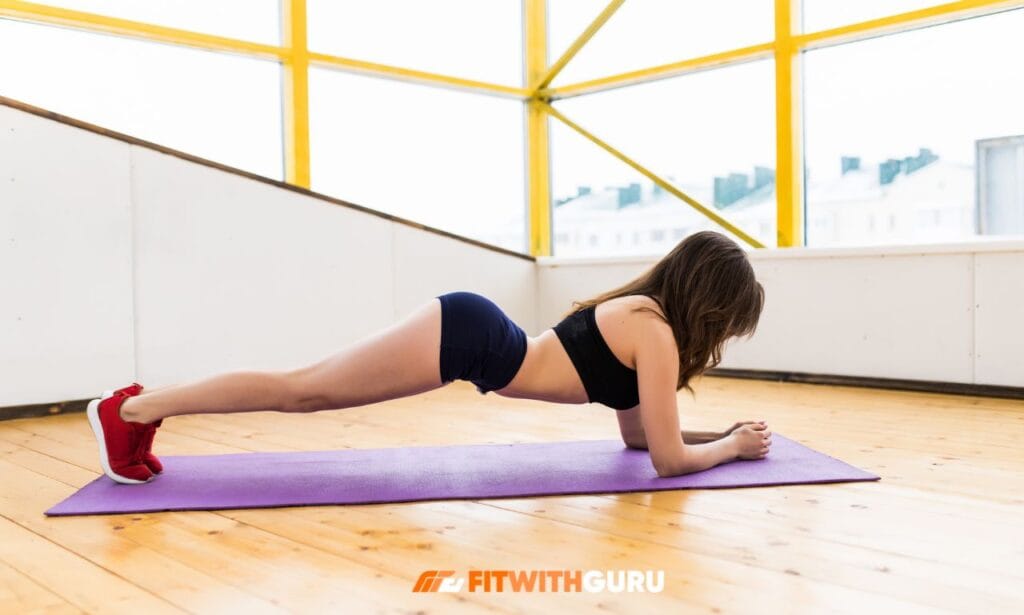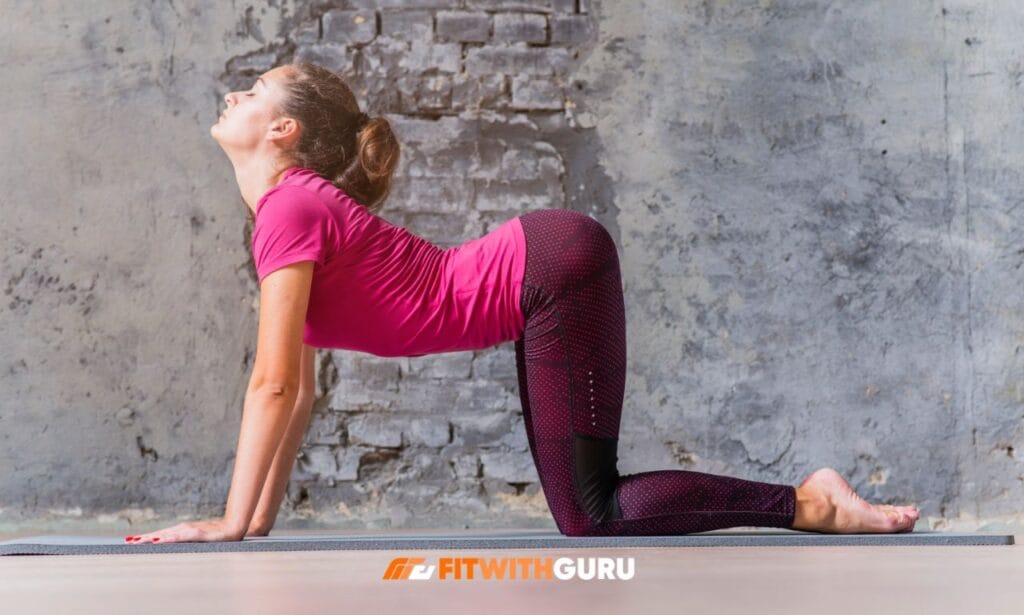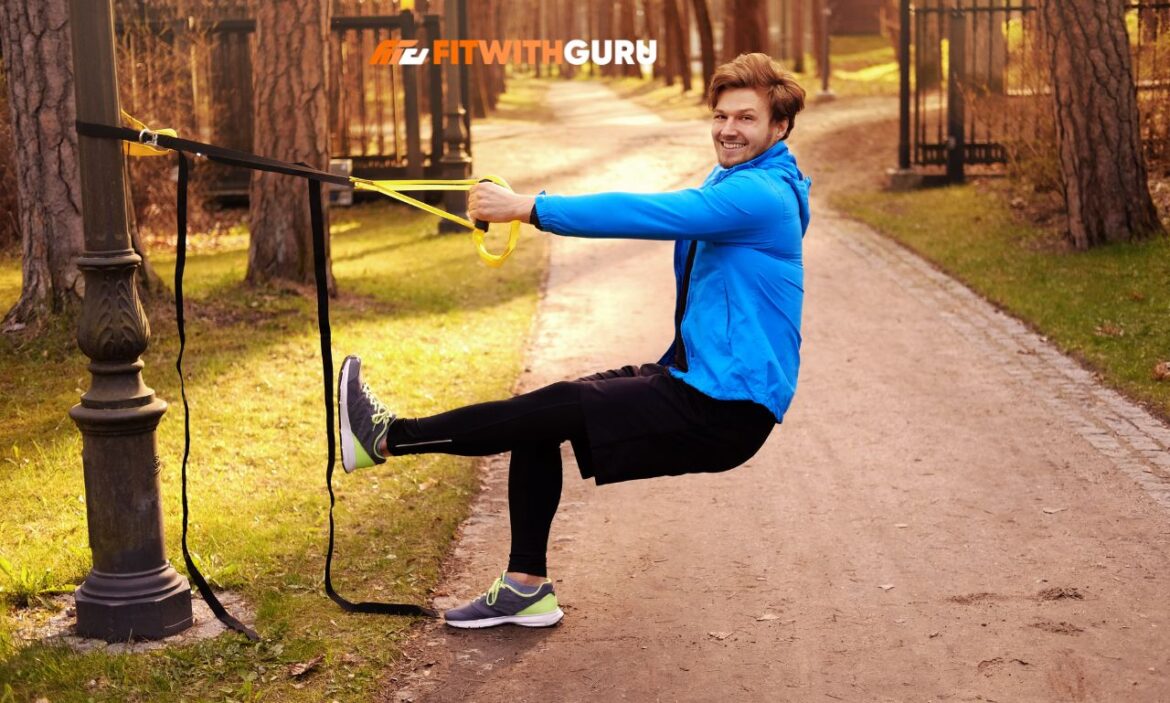Basic calisthenics exercises are the foundation of bodyweight training that can transform your fitness journey without requiring expensive gym memberships or equipment.
Whether you’re working out in your living room or at a local park, these fundamental movements help build strength, flexibility, and endurance using nothing but your own body weight.
The beauty of calisthenics lies in its simplicity and accessibility—anyone can start today, regardless of their current fitness level.
What Are Basic Calisthenics Exercises?
Calisthenics comes from the Greek words “kalos” (beauty) and “sthenos” (strength), which perfectly capture the essence of this training method.
These exercises involve compound movements that engage multiple muscle groups simultaneously, creating functional strength that translates into everyday activities.
Unlike isolation exercises that target single muscles, basic calisthenics workouts develop coordination, balance, and body awareness while building lean muscle mass.
The fundamental principle behind calisthenics is progressive overload achieved through variations in leverage, tempo, and repetitions rather than added weight.
Why Choose Basic Calisthenics Exercises for Beginners?
Starting with beginner calisthenics exercises offers numerous advantages over traditional weight training, especially for those new to fitness.
First, the risk of injury decreases significantly because you’re not handling external weights that could cause strain if your form breaks down.
Second, basic calisthenics exercises at home require minimal space and zero equipment, eliminating common barriers that prevent people from starting their fitness journey.
Third, these movements teach you to control and understand your body in space, developing proprioception and movement quality that benefits all physical activities.
The progressive nature of calisthenics also means you’ll never plateau—there’s always a more challenging variation to master.
The 6 Essential Basic Calisthenics Exercises
1. Push-Ups: The Upper Body Foundation
Push-ups remain the gold standard for building chest, shoulder, and tricep strength while engaging your core throughout the movement.

- To perform a proper push-up, start in a plank position with hands slightly wider than shoulder-width apart and body forming a straight line from head to heels.
- Lower your chest toward the ground by bending your elbows at about a 45-degree angle from your torso, then press back up to the starting position.
- For beginners, wall push-ups or incline push-ups using a bench provide excellent modifications that maintain proper form while building strength.
- As you progress, you can explore variations like diamond push-ups for triceps, wide-grip push-ups for chest, or archer push-ups for unilateral strength development.
2. Squats: Building Lower Body Power
Squats are the cornerstone of any basic calisthenics exercises program for beginners, developing leg strength, mobility, and functional movement patterns.
This exercise targets your quadriceps, hamstrings, glutes, and core while improving ankle and hip mobility essential for daily activities.
- Stand with feet shoulder-width apart, initiate the movement by pushing your hips back as if sitting into a chair, and lower until your thighs are at least parallel to the ground.
- Drive through your heels to return to standing, squeezing your glutes at the top of the movement.
- Beginners can start with box squats or partial squats to build confidence and range of motion before progressing to full-depth squats.
- Advanced variations include jump squats for power development or pistol squats for unilateral strength.
3. Pull-Ups: Mastering Upper Body Pulling
Pull-ups are often considered the most challenging basic calisthenics workouts, but offer unmatched benefits for back, bicep, and grip strength development.
- Grab a pull-up bar with hands slightly wider than shoulder-width, hang with arms fully extended, then pull your chest toward the bar by driving your elbows down and back.
- Since pull-ups are challenging for most beginners, progressions are essential—start with dead hangs to build grip strength, then progress to negative pull-ups, focusing only on the lowering phase.
- Assisted pull-ups using resistance bands provide excellent intermediate steps toward achieving your first unassisted pull-up.
- Alternative pulling exercises, such as inverted rows, can also build the necessary back strength while you work toward pull-ups.
4. Dips: Tricep and Chest Development
Dips are powerful basic calisthenics exercises at home that can be performed using parallel bars, sturdy chairs, or even a countertop edge.
- This compound movement primarily targets the triceps while engaging the chest and shoulders, creating comprehensive upper-body pressing strength.
- Position yourself between parallel bars with your hands gripping the surface. Lower your body by bending your elbows until your upper arms are parallel to the ground, then press back up to the starting position.
- Beginners should start with bench dips or partial-range dips, gradually increasing the depth as shoulder mobility and strength improve.
5. Planks: Core Stability and Strength
Planks are isometric basic calisthenics exercises for beginners that build foundational core strength essential for all other movements.
- Start in a forearm plank position with elbows directly under shoulders and body forming a straight line from head to heels.
- Engage your core by imagining pulling your belly button toward your spine, squeezing your glutes, and avoiding letting your hips sag or pike upward.
- Beginners might start with 20-30 second holds, gradually increasing to 60 seconds or more as strength improves.
- Variations include side planks for oblique development or plank shoulder taps for stability.
6. Lunges: Unilateral Leg Strength and Balance
Lunges round out our basic calisthenics workouts by addressing unilateral leg strength and balance, correcting imbalances that bilateral exercises like squats might miss.

- Stand tall with feet hip-width apart, step forward with one leg, and lower your back knee toward the ground while keeping your front shin relatively vertical.
- Push through your front heel to return to the starting position while maintaining an upright torso throughout the movement.
- Reverse lunges are often more manageable for beginners because the movement pattern feels more controlled and places less stress on the knees.
Creating Your Basic Calisthenics Workout Routine
Building an effective routine with these beginner calisthenics exercises requires thoughtful programming that balances volume, intensity, and recovery.
A simple full-body routine performed three times per week provides excellent results for beginners while allowing adequate recovery between sessions.
| Exercise | Sets | Reps | Rest |
| Push-Ups | 3 | 8-15 | 60-90 sec |
| Squats | 3 | 12-20 | 60-90 sec |
| Inverted Rows or Pull-Ups | 3 | 5-12 | 90-120 sec |
| Dips | 3 | 6-12 | 60-90 sec |
| Lunges | 3 | 10-15 per leg | 60 sec |
| Plank | 3 | 30-60 sec | 60 sec |
Start each session with a 5-10 minute warm-up including joint rotations, dynamic stretching, and lighter versions of your planned exercises.
Progressive overload in calisthenics comes from increasing repetitions, decreasing rest periods, or progressing to more challenging variations once you can complete the upper end of the rep range with good form.
Common Mistakes to Avoid with Basic Calisthenics Exercises at Home
The most common error beginners make is sacrificing form quality to achieve higher repetition counts, which undermines effectiveness and increases injury risk.
Always prioritize movement quality over quantity—ten perfect push-ups build more strength and create better movement patterns than twenty sloppy ones.
Another common mistake is neglecting progressive overload, continuing to perform the same exercises with identical sets and reps indefinitely.
Many people also ignore the importance of eccentric (lowering) phases, rushing through them to complete more repetitions.
The eccentric portion of exercises creates significant muscle damage and adaptation, so controlling the lowering phase for 2-3 seconds maximizes benefits.
How to Progress Beyond Basic Movements
Once you’ve mastered the fundamental basic calisthenics exercises for beginners, numerous progression pathways keep your training challenging and engaging.
For push-ups, progress to decline variations, explosive plyometric versions, or one-arm progressions that dramatically increase difficulty.
Squats can advance to pistol squats (single-leg squats), shrimp squats, or jumping variations that develop power and coordination.
Pull-up progressions include weighted variations, muscle-ups, or advanced grips like L-sit pull-ups that combine pulling strength with core control.
The key is being patient with progression—rushing into advanced movements before mastering fundamentals leads to frustration and potential injury.
Frequently Asked Questions
How long does it take to see results from basic calisthenics exercises?
Most beginners notice improvements in strength and body composition within 4-6 weeks of consistent training with proper nutrition.
Initial gains come rapidly as your nervous system adapts to new movement patterns and recruits muscle fibers more efficiently.
Visible muscle definition typically appears after 8-12 weeks, though this varies significantly based on starting body composition, diet, and training consistency.
Can I build muscle with only basic calisthenics workouts?
Absolutely—basic calisthenics exercises at home can build significant muscle mass, especially for beginners and intermediate practitioners.
Progressive overload remains the key principle, whether achieved through added weight or more challenging exercise variations.
Many elite calisthenics athletes possess muscular, functional physiques that rival traditional bodybuilders, proving the effectiveness of bodyweight training.
How many days per week should I perform beginner calisthenics exercises?
Three to four training days per week provides optimal balance between stimulus and recovery for most beginners.
This frequency allows adequate recovery between sessions while providing sufficient training volume to drive adaptations.
Always include at least one complete rest day per week to promote full-body recovery and prevent overtraining symptoms.
Do I need any equipment for basic calisthenics exercises for beginners?
The minimal equipment required is a significant advantage of basic calisthenics exercises at home—most movements need only floor space and your bodyweight.
A pull-up bar is the only semi-essential piece of equipment for a complete program, though alternative pulling exercises using tables or resistance bands can substitute initially.
Optional equipment like parallettes or resistance bands expands exercise variety but aren’t necessary for beginners.
Can older adults safely perform basic calisthenics workouts?
Yes, with appropriate modifications and medical clearance, basic calisthenics exercises benefit people of all ages by maintaining strength, mobility, and functional capacity.
Older adults might start with gentler variations, such as wall push-ups, chair-assisted squats, or shorter plank holds, and progress gradually as strength improves.
Regular calisthenics training helps older adults maintain independence, reduce fall risk, and improve overall quality of life.
Conclusion
Mastering these six basic calisthenics exercises creates a solid foundation for lifelong fitness that requires no equipment, gym membership, or significant time investment.
The simplicity of push-ups, squats, pull-ups, dips, planks, and lunges belies their effectiveness in building strength, muscle, and functional movement capacity.
Start with manageable variations that match your current fitness level, focus relentlessly on proper form, and gradually progress as your strength improves.
Consistency matters more than perfection—training three to four times weekly with these fundamental movements will produce remarkable results within months.
Begin today with just one exercise, master the basics, and discover the transformative power of training with your own bodyweight.

